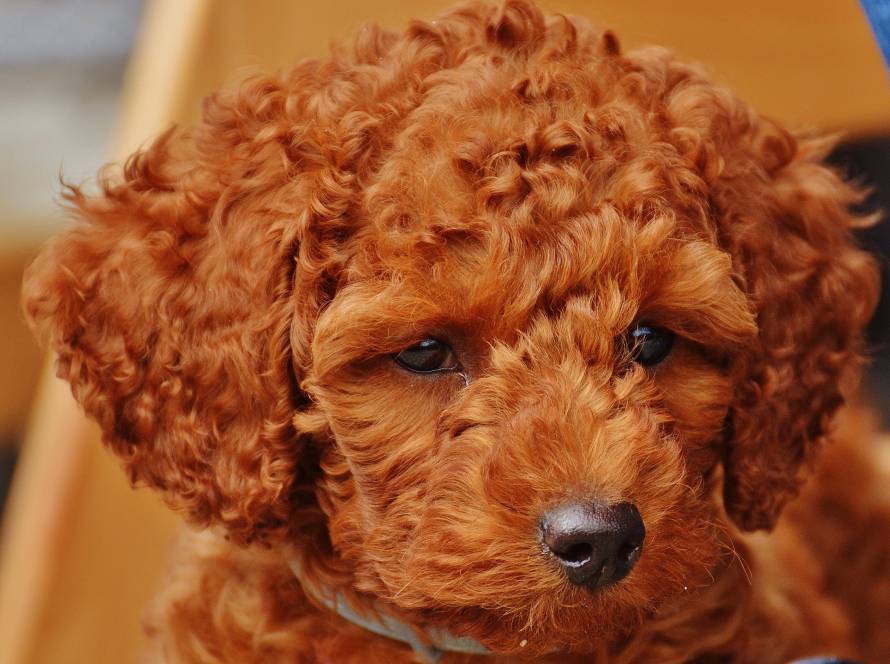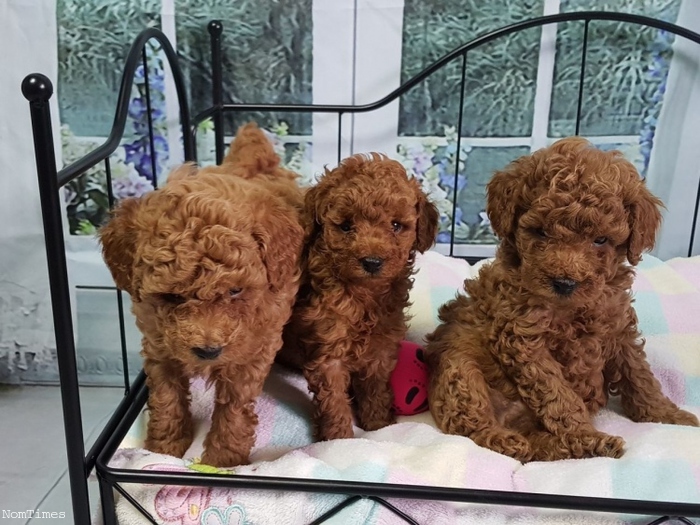Separation Anxiety in Puppies – How to Help Your Furry Friend Feel Safe
Bringing home a new puppy is exciting and full of cuddles, playtime, and adorable moments. But what happens when your little furball hates being left alone? If your puppy cries, barks, chews on things, or paces around when you leave, they might have separation anxiety—a common but fixable problem. Let’s dive into why this happens and how you can help your puppy feel safe and secure.
Why Do Puppies Get Separation Anxiety?
Your puppy loves you—a lot. You’re their whole world. So, when you leave, they might feel scared, confused, or unsure of when you’ll come back. Some common reasons puppies experience separation anxiety include:
They’re still adjusting to their new home – Everything is new, and they’re still figuring things out.
They’re naturally social creatures – Dogs are pack animals, and being alone doesn’t come naturally.
They haven’t learned that you always return – Puppies don’t understand time the way we do, so every goodbye feels like forever.
Signs of Separation Anxiety
Wondering if your pup is struggling with being alone? Here are some telltale signs:
- Non-stop barking or whining when you leave
- Chewing on furniture, shoes, or doors
- Pacing or running in circles
- Accidents in the house, even if they’re potty trained
- Trying to escape by digging at doors or scratching windows
How to Help Your Puppy Feel Safe & Secure
- Practice Short Absences
Start by leaving for just a few minutes at a time. Walk out the door, wait a moment, and come back. Gradually increase the time so your puppy learns that you’ll always return.
- Create a Cozy “Safe Space”
Set up a comfy area with a soft bed, favorite toys, and a blanket that smells like you. A crate or a gated-off section of a room can help them feel secure rather than lost in a big, empty house.
- Keep Goodbyes & Hellos Low-Key
It’s hard not to smother them with love when you leave and return, but dramatic goodbyes and over-the-top reunions can make anxiety worse. Instead, stay calm and casual to show them that being alone is no big deal.
- Give Them a “Busy Toy”
A puzzle toy with treats or a Kong filled with peanut butter can keep their mind occupied while you’re away. A busy pup is a happy pup.
- Try Calming Background Noise
Some puppies feel better with soft music, white noise, or even a recording of your voice playing while you’re gone. It can make them feel like you’re still there.
- Exercise Before You Leave
A tired puppy is a relaxed puppy. Take them for a walk, play fetch, or have a tug-of-war session before heading out. Burning off energy can help them settle down and rest.
- Consider a Puppy Friend or Pet Sitter
Some puppies do better with another dog around, while others may need a trusted friend or pet sitter to check in on them during longer absences.
Patience is Key
Separation anxiety doesn’t disappear overnight, but with love, consistency, and training, your puppy will learn that being alone isn’t scary.
Every puppy is different, so try different techniques to see what helps your furry friend the most. And most importantly—never punish your puppy for their anxiety. They’re not being bad—they just need a little extra comfort and training.
Has your puppy struggled with separation anxiety? What worked best for you? Share your tips and stories—we’d love to hear them!



